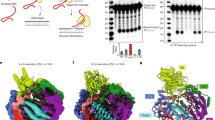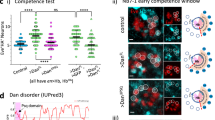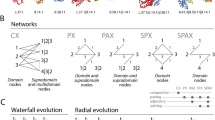Abstract
Darwinian evolution hypothesizes that a short stretch of DNA was first constructed and then it expanded to give rise to a long strand. This long strand then produced a mix of exons, introns and repetitive DNA sequence. The order of production of above three kinds of DNA sequence is unknown. Reshuffling of stretches of DNA like above within organisms has given rise to different chromosomes. Till date it is not known how this process is governed. In this paper we show that starting with a sixteen base-pair human olfactory DNA sequence one can form a highly conserved protein domain. Once this domain is formed repetitive DNA sequences of a particular kind starts generating which signifies that this particular conserved protein domain will be unique in nature. The entire mathematical exercise presented in this paper is based on simplest possible context free L-System which we think has been adopted by biological system in general.
Similar content being viewed by others
Article PDF
Author information
Authors and Affiliations
Corresponding authors
Rights and permissions
About this article
Cite this article
Goswami, A., Pal Choudhury, P., Singh, R. et al. A novel mathematical tool for generating highly conserved protein domain via different organismal genomic landscapes. Nat Prec (2010). https://doi.org/10.1038/npre.2010.4850.1
Received:
Accepted:
Published:
DOI: https://doi.org/10.1038/npre.2010.4850.1



